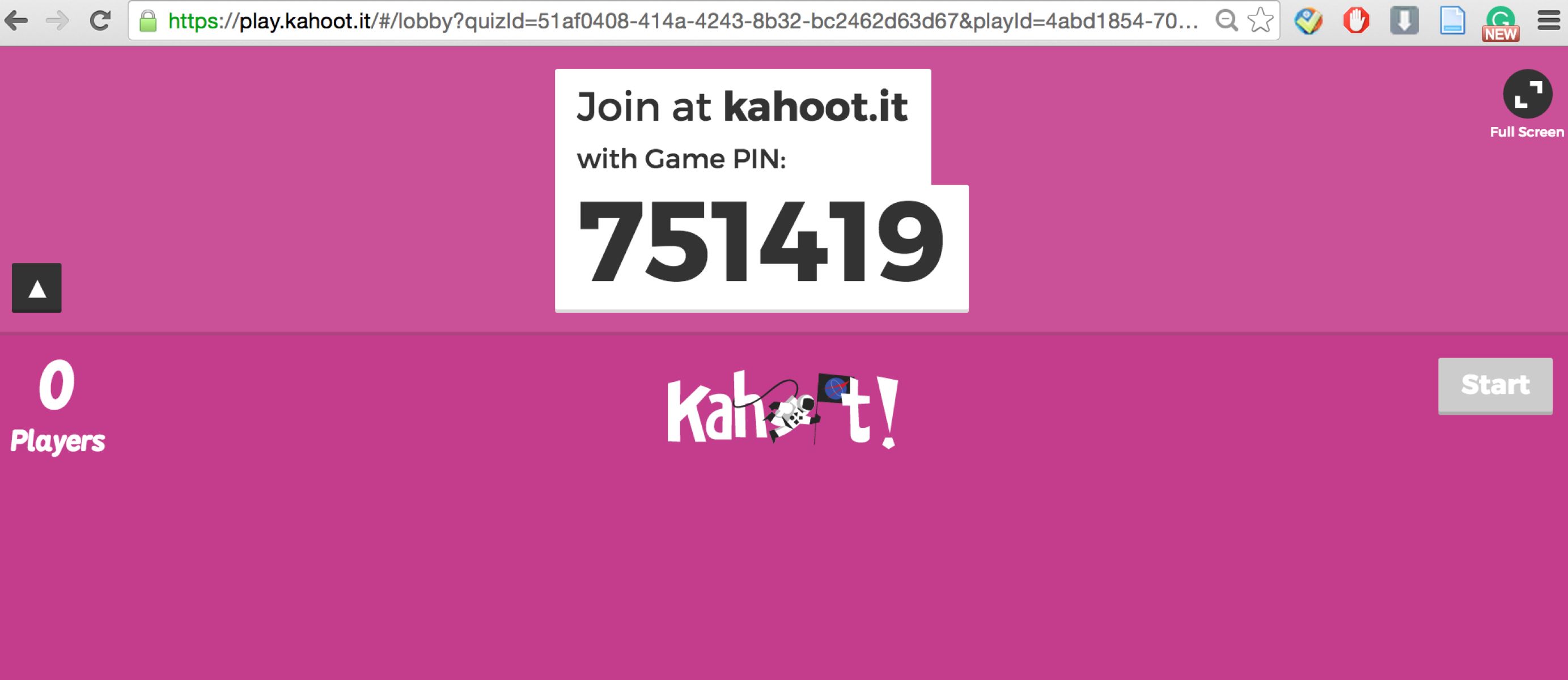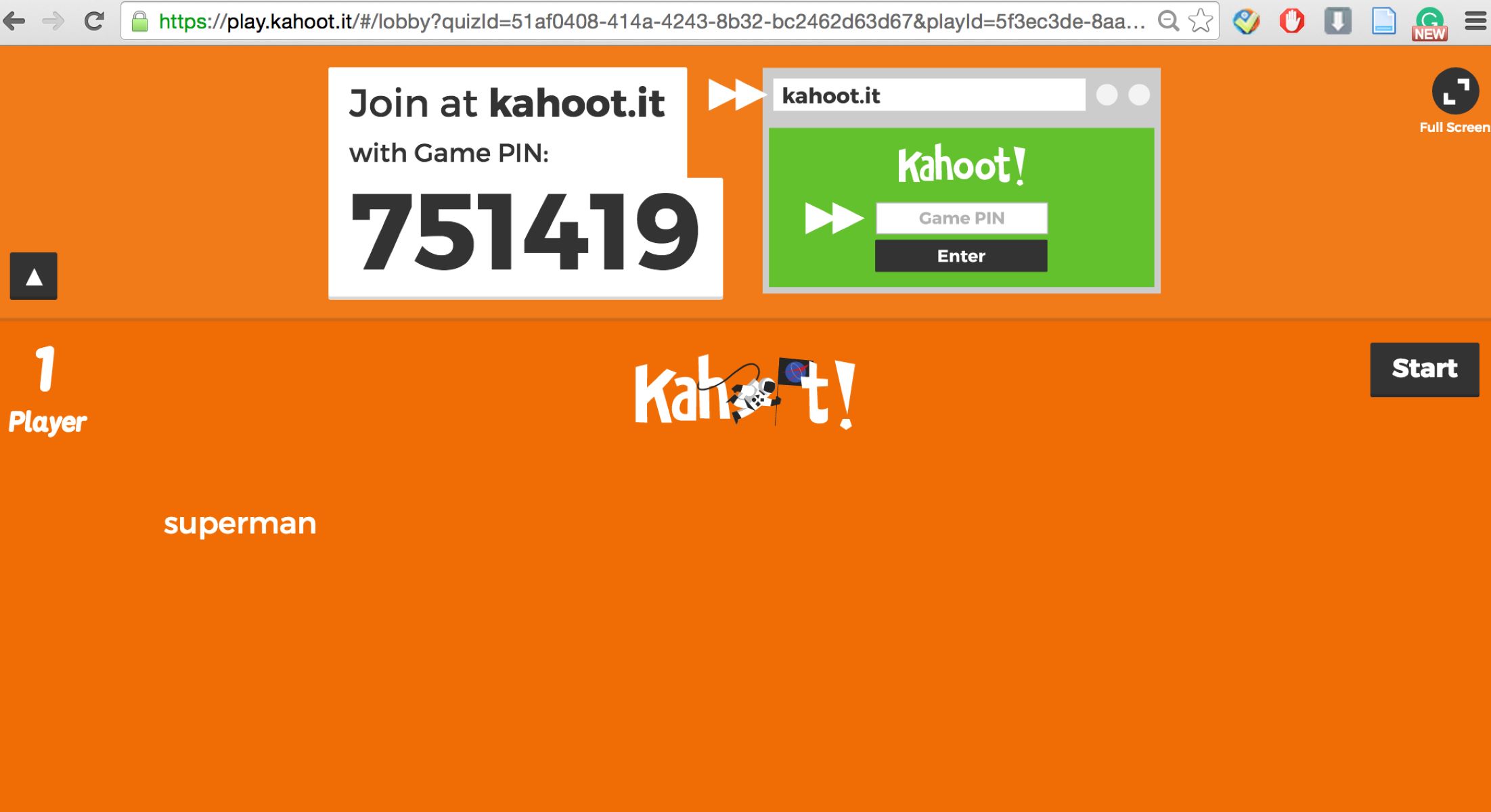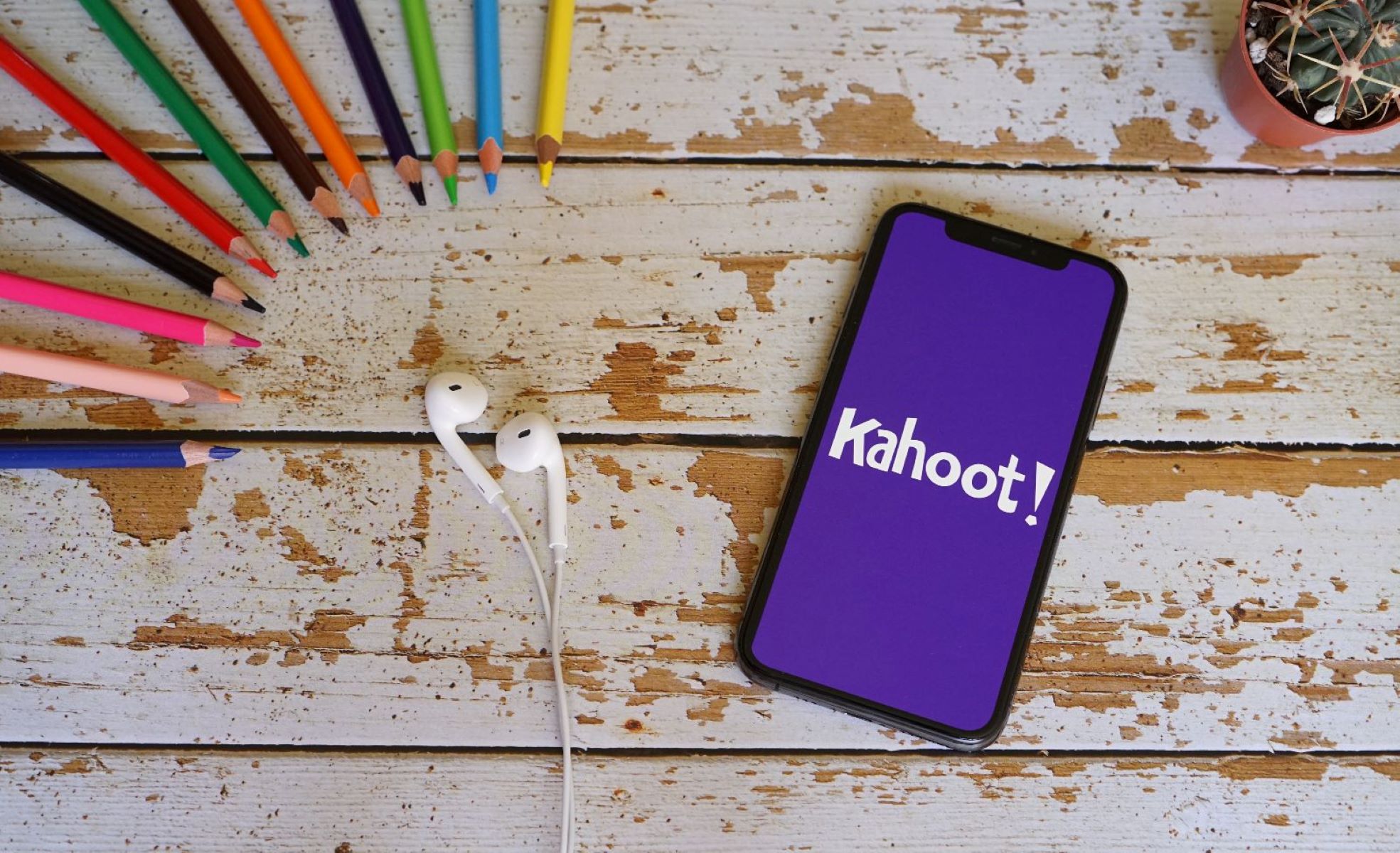Introduction
Welcome back to school! As you settle into your new academic year, it’s only natural that you will have questions, concerns, or even the occasional need for clarification. Fortunately, email provides a convenient and efficient way to communicate with your teachers. However, crafting an email to a teacher requires a different approach than writing to a friend or family member. In this article, we will explore some essential tips on how to write an email to your teacher effectively.
Whether you’re seeking guidance on an assignment, requesting a meeting, or addressing any other academic matter, it’s crucial to express yourself clearly and professionally. By adhering to a few basic guidelines, you can ensure that your message is respectful, concise, and easy to understand.
In the following sections, we will discuss specific strategies to help you construct an email that will make a positive impression on your teacher. We will cover important aspects such as the proper greeting, subject line, tone, content, and proofreading. By mastering these skills, you will not only demonstrate professionalism but also increase the chances of receiving a prompt and helpful response.
So, whether it’s a simple question or a complex problem, let’s dive into the art of writing an effective email to your teacher. By the end of this article, you’ll have the tools you need to confidently communicate with your instructors, forging a strong and productive academic relationship.
Start with a Polite Greeting
When composing an email to your teacher, it’s important to begin with a polite greeting. This sets a respectful and friendly tone from the outset and shows your teacher that you value their time and expertise. Addressing your teacher using the appropriate title, such as “Dear Professor Smith” or “Hello Mr. Johnson,” demonstrates your understanding of proper etiquette.
Keep in mind that the formality of your greeting may vary depending on the teacher’s preferences and the nature of your relationship. It’s always best to err on the side of formality unless instructed otherwise.
In cases where you are less familiar with the teacher, or if you are addressing multiple teachers in the same email, a generic salutation such as “Dear Faculty” or “Dear Teachers” can be appropriate. However, it’s always ideal to address the recipient by name whenever possible.
Remember to use a polite and respectful tone throughout your email. Avoid using overly casual language, slang, or abbreviations that may come across as disrespectful or unprofessional.
Here’s an example of an appropriate greeting:
Dear Professor Johnson,
Starting your email with a polite greeting not only establishes a positive tone but also shows your teacher that you value their time and expertise.
Use a Clear and Descriptive Subject Line
When writing an email to your teacher, a clear and descriptive subject line is essential. The subject line should succinctly summarize the purpose or main topic of your email. This allows your teacher to quickly identify the content and prioritize their responses accordingly.
Avoid vague or generic subject lines like “Question” or “Help Needed.” Instead, provide specific information that accurately reflects the nature of your email. For example, if you are seeking clarification on a homework assignment, a subject line such as “Question about Homework Assignment Due on [Date]” would be more informative and helpful.
Using a clear subject line also allows your teacher to search for and reference your email in the future, making it easier to locate important information or follow up on previous discussions.
Here are some tips for crafting an effective subject line:
- Be specific: Clearly state the main topic or purpose of your email.
- Keep it concise: A subject line should ideally be no more than a few words or a short sentence.
- Avoid using unnecessary words or symbols: Only include relevant information to keep the subject line clean and easy to read.
- Use keywords: Include important keywords related to the subject matter to make it easier for your teacher to categorize and search for your email.
Remember, an informative subject line not only helps your teacher understand the content of your email at a glance but also increases the likelihood of a prompt and precise response.
For example, let’s say you are requesting a meeting with your teacher to discuss an upcoming exam. A concise and descriptive subject line could be:
Request for Meeting to Discuss Exam Preparation
By using a clear and descriptive subject line, you ensure that your teacher understands the purpose of your email right away, leading to more effective communication.
Address the Teacher Appropriately
When writing an email to your teacher, it’s important to address them appropriately. How you address your teacher sets the tone for your communication and shows respect for their role as an educator.
Start by using the correct title and surname. If you are unsure about how to address your teacher, it’s best to use a formal title such as “Professor,” “Doctor,” or “Mr./Ms./Mrs.” followed by their last name. For example, “Dear Professor Johnson” or “Hello Dr. Smith.”
However, if your teacher has explicitly stated their preference for a different form of address, such as first name or a specific title, it’s important to use that instead. Pay attention to any instructions provided by your teacher or refer to how they introduce themselves in class or on course materials.
Remember to double-check the spelling of your teacher’s name and ensure that you are using the correct form of address. Using the wrong name or title can be perceived as disrespectful or inattentive.
In some cases, you may have a more informal or friendly relationship with your teacher. If this is the case and they have given you permission to use their first name, you can address them by their first name in your email. However, be cautious and considerate when deciding to adopt a more informal tone. Maintain a level of respect and professionalism throughout your communication.
Here’s an example of how to address your teacher appropriately:
Dear Professor Johnson,
Addressing your teacher with the appropriate title and surname shows respect and professionalism. It’s important to follow their preferred form of address or use a formal title and last name if no specific preference is given.
State the Purpose of Your Email
When writing an email to your teacher, it’s crucial to clearly state the purpose of your communication. Clearly articulating why you are reaching out helps your teacher understand the context and importance of your email and facilitates a more targeted response.
In the opening paragraph of your email, briefly mention the main reason for contacting your teacher. This could be a specific question, a request for clarification, a need for additional resources, or any other academic matter you would like to address. Be concise and specific in your wording to ensure that your teacher understands the purpose of your email.
Avoid burying your main point in lengthy paragraphs or unrelated content. Instead, prioritize clarity and brevity to convey your intentions effectively.
If you have multiple topics to discuss, consider using bullet points or numbering to organize your thoughts. This helps your teacher understand the different points you want to address and ensures that nothing gets overlooked.
Here’s an example of how to state the purpose of your email:
Dear Professor Johnson,
I hope this email finds you well. I am writing to request clarification on the requirements for the upcoming research paper in your English literature class. Specifically, I would like to better understand the expectations for the length, sources, and formatting of the paper. Additionally, I would appreciate any guidance you can provide regarding the recommended research process and potential sources to explore.
By clearly stating the purpose of your email, you set the foundation for a focused and productive conversation with your teacher.
Be Concise and to the Point
When writing an email to your teacher, it’s important to be concise and get straight to the point. Teachers are often busy with various responsibilities, so keeping your email concise demonstrates respect for their time and allows them to easily understand and respond to your message.
Avoid rambling or including irrelevant details. Instead, focus on clearly expressing your main point or question in a few sentences or short paragraphs. Use clear and straightforward language to convey your message effectively.
To maintain clarity and conciseness:
- Stick to the topic: Stay focused on the purpose of your email and avoid going off on tangents.
- Use bullet points or numbered lists: If you have multiple points or questions to address, organize them in a concise and structured format.
- Avoid unnecessary repetition: Make sure each sentence and paragraph adds new information or contributes to your main point.
- Keep paragraphs short: Break down your thoughts into smaller paragraphs for easier reading and comprehension.
Being concise doesn’t mean sacrificing politeness or omitting necessary details. However, it’s crucial to find a balance between providing enough information and overwhelming your teacher with excessive text.
Here’s an example of how to be concise and to the point:
Dear Professor Johnson,
I hope this email finds you well. I wanted to follow up on our recent discussion in class about the upcoming group project. My group members and I would like to request an extension of two days for the project submission deadline due to unforeseen circumstances. We believe this additional time will allow us to deliver a more comprehensive and polished project. Thank you for considering our request, and we look forward to your guidance regarding the revised deadline.
By being concise and direct in your email, you respect your teacher’s time and increase the likelihood of receiving a prompt and efficient response.
Provide Necessary Information and Context
When writing an email to your teacher, providing necessary information and context is crucial for effective communication. By including relevant details and explaining the background or circumstances surrounding your inquiry, you help your teacher better understand your situation and provide an appropriate response.
Start by briefly outlining any relevant assignments, topics, or discussions that relate to your email. This helps your teacher connect your message to the appropriate context and ensures that they have the necessary information to address your concerns.
If you are seeking clarification on a specific assignment or class material, provide specific references, such as the assignment number or the date the topic was discussed. This allows your teacher to pinpoint the information you are referring to and provide accurate and targeted guidance.
Additionally, if you have attempted to find the answer to your question or resolve the issue independently, mention your efforts in your email. This shows your initiative and willingness to problem-solve, which your teacher will appreciate.
However, avoid overwhelming your teacher with excessive information or unnecessary background details. Stick to the relevant facts and keep your explanations concise.
Here’s an example of how to provide necessary information and context:
Dear Professor Johnson,
I hope you’re doing well. I’m writing to seek further clarification on the recent lecture about the laws of thermodynamics. During the lecture, you mentioned the concept of entropy and its relationship to energy transfer. I’ve reviewed my notes and textbook, but I’m still struggling to grasp the concept. Could you please provide some additional examples or resources that could help me better understand how entropy relates to energy transformations? I’ve also attempted to research online, but I haven’t found any explanations that resonate with me. Any guidance you can provide would be greatly appreciated.
By providing necessary information and context, you help your teacher understand the specific area in which you’re seeking assistance, increasing the chances of receiving a clear and helpful response.
Use Proper Grammar and Spelling
When writing an email to your teacher, it’s essential to use proper grammar and spelling. A well-written email demonstrates your professionalism and attention to detail, leaving a positive impression on your teacher. Clear and error-free communication also helps ensure that your message is easily understood.
Take the time to proofread your email before sending it. Check for any spelling or grammatical errors. Review your sentences for clarity, and make sure your thoughts are expressed in a coherent and organized manner. Consider using tools like grammar and spell-checkers to assist you in spotting any mistakes.
Be mindful of commonly confused words, such as their/there/they’re, your/you’re, or its/it’s. Using these words correctly contributes to the overall clarity and coherence of your email.
When in doubt about the proper usage of a word or phrase, consult a reliable reference source, such as a dictionary or grammar guide. You can also ask a trusted peer or teacher to review your email before sending it to ensure that your writing is clear and error-free.
If English is not your first language, it’s even more important to double-check your grammar and spelling. Taking the time to communicate effectively in English shows your dedication to improving your language skills and your respect for your teacher’s linguistic expectations.
Here’s an example of an email with proper grammar and spelling:
Dear Professor Johnson,
I hope you are well. I am writing to inform you that I will be unable to attend the afternoon lecture on Monday, October 18, as I have a doctor’s appointment scheduled during that time. I apologize for any inconvenience this may cause. Could you please let me know if there will be any important material covered during the lecture that I should review independently? I appreciate your understanding and assistance.
By using proper grammar and spelling, you ensure that your email is clear, professional, and easily understood by your teacher. Taking the time to proofread and edit your email before sending it demonstrates your attention to detail and commitment to effective communication.
Include Attachments or Relevant Documents
When writing an email to your teacher, it’s important to include any necessary attachments or relevant documents to support your inquiry or request. Including these materials can provide additional context and clarity, making it easier for your teacher to understand the purpose of your email and provide a thorough response.
If you are referencing a specific assignment or project, attach the relevant documents to your email. This could include assignments guidelines, rubrics, completed worksheets, or any other materials related to the assignment or project.
If you are seeking clarification on a particular topic, consider attaching screenshots, images, or excerpts from your textbook or online resources to illustrate your question or to provide additional context.
When attaching files, make sure they are in the appropriate format and are named appropriately. Use clear and concise file names that accurately describe the content. For example, instead of using generic names like “file1” or “document,” use descriptive titles such as “Smith_John_Research_Paper_Final_Draft” or “Math_Quiz_Chapter5_Solutions.”
Including attachments not only helps your teacher better understand your inquiry or request but also shows your attention to detail and preparedness in providing all necessary information for a complete conversation.
Here’s an example of how to mention attachments in your email:
Dear Professor Johnson,
I hope this email finds you well. I am writing to inquire about my recent test results. I have attached my graded test paper, as well as the class syllabus for reference. I noticed a discrepancy between my answers and the marks awarded for some questions, and I would appreciate your guidance to clarify the correct solutions. Thank you in advance for your help.
By including attachments or relevant documents, you provide your teacher with the necessary materials to address your inquiry or request accurately and comprehensively.
Be Respectful and Avoid Inappropriate Language
When writing an email to your teacher, it’s crucial to maintain a respectful and professional tone. Treating your teacher with respect not only fosters a positive and productive relationship but also reflects well on your own character and maturity as a student.
Ensure that your language is always courteous and appropriate. Avoid using slang, offensive or derogatory terms, or any language that could be perceived as disrespectful or inappropriate. Maintain a polite and formal tone throughout your email, even if you have a more casual relationship with your teacher.
Remember to use proper language and avoid using excessive capitalization, excessive exclamation marks, or a confrontational tone. Be aware of the impact of your words and take the time to consider how your email may be interpreted by your teacher.
If you have a disagreement or concern, express it in a respectful and constructive manner. Avoid becoming defensive or accusatory in your language. Instead, focus on expressing your thoughts and concerns with a calm and rational approach.
Here’s an example of how to maintain a respectful tone in your email:
Dear Professor Johnson,
I want to express my appreciation for the effort you put into preparing the lecture on Newton’s laws of motion. However, I have a few concerns regarding the pace of the lecture. I found it challenging to process all the information in such a short period, particularly during the examples provided. Could you kindly consider slowing down the lectures or providing additional practice resources to help reinforce the concepts? Thank you for your attention to this matter.
By maintaining a respectful tone and avoiding inappropriate language, you create a positive impression and foster a respectful and productive relationship with your teacher.
Proofread and Edit before Sending
Before sending your email to your teacher, it’s crucial to proofread and edit your message. Reviewing your email for errors and making necessary adjustments ensures that your communication is clear, polished, and professional.
Start by checking for grammatical and spelling errors. Read through each sentence carefully, making note of any mistakes or typos. Correct any errors to ensure that your email is error-free and easy to understand.
Check for clarity and coherence in your email’s content. Make sure your thoughts are organized and presented in a logical manner. Review your sentences and paragraphs for coherence, ensuring that each idea flows smoothly into the next.
Consider the tone and language used in your email. Ensure that your message remains polite, respectful, and appropriate at all times. If needed, make revisions to enhance the clarity and professionalism of your writing.
Pay attention to the overall structure of your email. Ensure that your paragraphs are well-organized and that your ideas are expressed in a sequential and coherent manner. If necessary, reorganize your thoughts to create a more effective flow of information.
Take a moment to read your email from the perspective of your teacher. Ask yourself if all the necessary information is included, if your questions are clear, and if your email conveys the intended message accurately.
Consider seeking the assistance of a trusted friend, family member, or classmate to proofread your email. Fresh eyes can often catch errors or suggest improvements that you may have overlooked.
Here’s an example of how to emphasize the importance of proofreading before sending your email:
Dear Professor Johnson,
I hope this email finds you well. I wanted to inquire about the upcoming group presentation scheduled for next week. As I reviewed our presentation outline, I realized that there may be an error in the due date for the PowerPoint slides. It currently states that the presentation is due on November 15th, which conflicts with the information discussed in class. Could you please confirm the correct due date? I apologize for any confusion this may cause. Thank you for your attention to this matter.
By proofreading and editing your email before sending, you ensure that your message is clear, error-free, and professional. Taking the time to review and revise your email demonstrates your commitment to effective communication with your teacher.
Conclusion
Writing an email to your teacher is an essential skill that can greatly benefit your academic experience. By following these guidelines, you can effectively communicate your needs, concerns, or questions while maintaining a respectful and professional tone.
Remember to start your email with a polite greeting and use a clear and descriptive subject line to convey the purpose of your email. Address your teacher appropriately and state the purpose of your email concisely and directly. Provide necessary information and context, ensuring that your teacher has the background knowledge required to assist you.
It is crucial to use proper grammar and spelling to demonstrate your professionalism and attention to detail. In addition, include any relevant attachments or documents to support your inquiry or request.
Always maintain a respectful and courteous tone throughout your email, avoiding inappropriate language or confrontational attitudes. And finally, before hitting that send button, take the time to proofread and edit your email to ensure it is error-free and effectively conveys your message.
By mastering the art of writing a thoughtful and well-crafted email to your teacher, you can establish strong lines of communication, foster positive relationships, and enhance your academic experience. Effective email communication will not only help you receive the support and guidance you need but also showcase your professionalism and commitment to success.
So remember, the next time you have a question or concern, don’t hesitate to compose a well-crafted email to your teacher. By following these guidelines, you’ll be on your way to effective and respectful communication in no time.

























